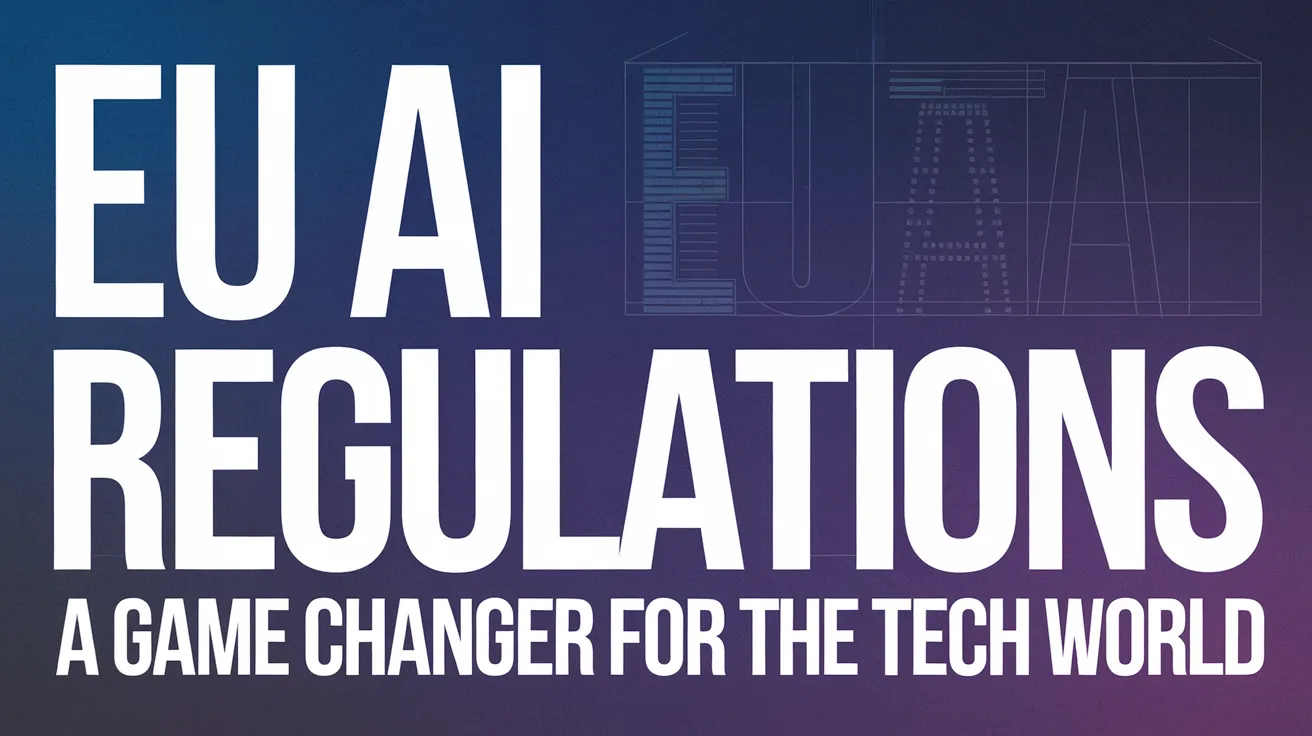EU Reveals Draft AI Regulatory Guidance

Introduction of Comprehensive AI Regulatory Draft
The European Union has taken a significant step forward in AI governance by releasing the “First Draft General-Purpose AI Code of Practice.” This initiative represents a concerted effort to establish comprehensive regulatory guidance for general-purpose AI models, created through collaboration with various sectors including industry, academia, and civil society. The development of this draft has been spearheaded by four specialized Working Groups, each focusing on different essential aspects of AI governance and risk mitigation.
Key Aspects of the Code of Practice
The Working Groups have addressed specific areas of concern, including:
– **Transparency and Copyright Rules**
– **Risk Identification and Systemic Risk Assessment**
– **Technical Risk Mitigation**
– **Governance Risk Mitigation**
The draft aligns with existing EU laws, particularly the Charter of Fundamental Rights, and incorporates international practices to ensure proportionality of risks while remaining flexible to rapid technological advancements.
Main Objectives of the Draft
The draft outlines several key objectives:
– Clarifying compliance methods for providers of general-purpose AI models;
– Facilitating seamless understanding across the AI value chain to integrate AI models into downstream products;
– Ensuring compliance with EU copyright laws, particularly regarding the use of copyrighted material in model training;
– Continuously assessing and mitigating systemic risks associated with AI models.
A core feature within the draft is its taxonomy of systemic risks, which categorizes various threats such as cyber offenses, biological risks, loss of control over autonomous AI models, and large-scale disinformation. Recognizing the evolving nature of AI technology, the draft acknowledges that this taxonomy will require routine updates to maintain relevance.
Framework for Safety and Security
In light of the rising prevalence of AI models characterized by systemic risks, the draft emphasizes robust safety and security frameworks (SSFs). Proposed measures include a hierarchy of actions, sub-actions, and key performance indicators (KPIs) to ensure effective risk identification, analysis, and mitigation throughout a model’s lifecycle.
Furthermore, the draft encourages AI providers to set processes in place for identifying and reporting significant incidents related to their models, providing detailed assessments and requisite adjustments. Collaborating with independent experts for risk assessments, particularly for models posing substantial systemic risks, is also highly encouraged.
Proactive Approach Towards AI Regulation
The foundation for this guidance lies in the EU AI Act, which took effect on August 1, 2024, mandating that the final version of the Code be established by May 1, 2025. This underscores the EU’s proactive approach to AI regulation, focusing on safety, transparency, and accountability in tech innovations.
While the draft remains open for feedback until November 28, 2024, active participation from stakeholders is encouraged to refine this important document. The collaborative effort aims to shape a regulatory framework that not only safeguards innovation but also protects society from potential risks associated with AI technology.
This draft guidance stands to establish a benchmark for responsible AI development and deployment on a global scale, focusing on transparency, risk management, and copyright compliance, thereby fostering an environment that promotes innovation while upholding fundamental rights and consumer protection.